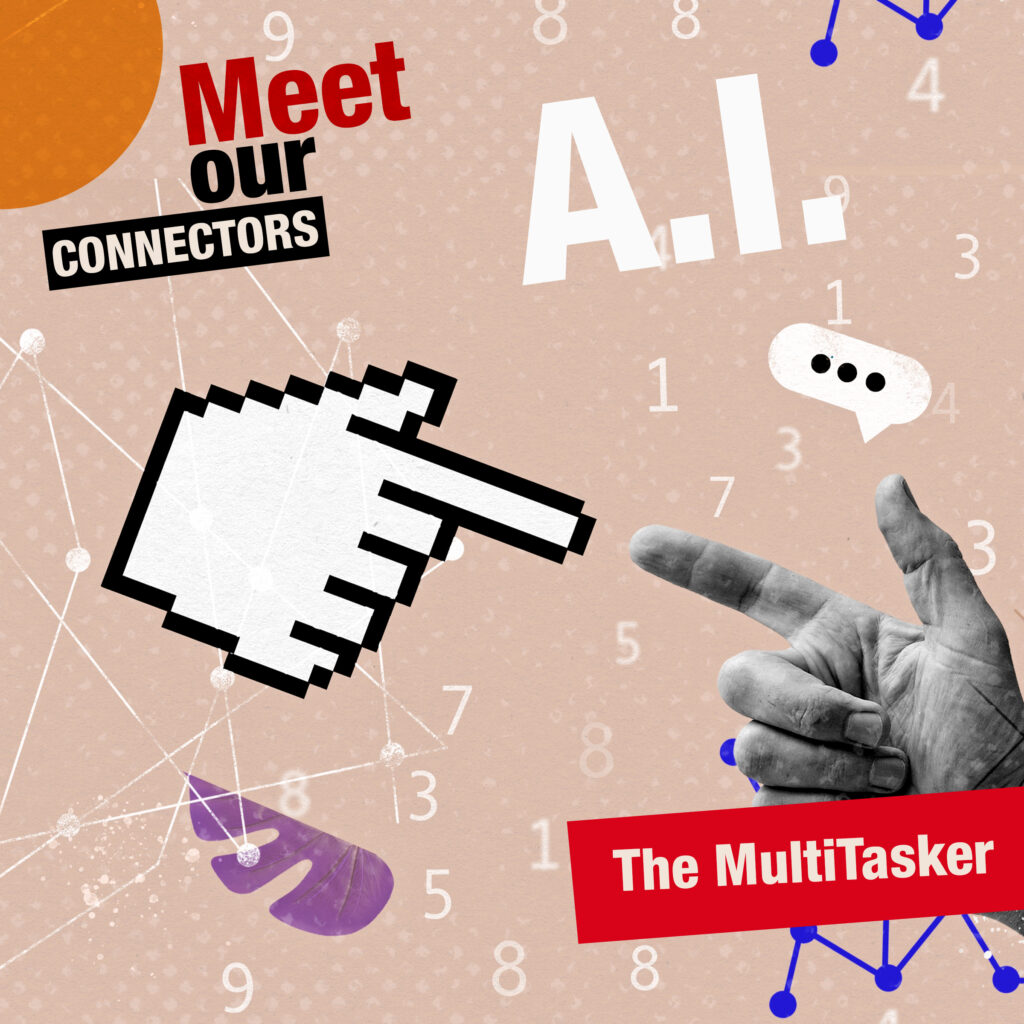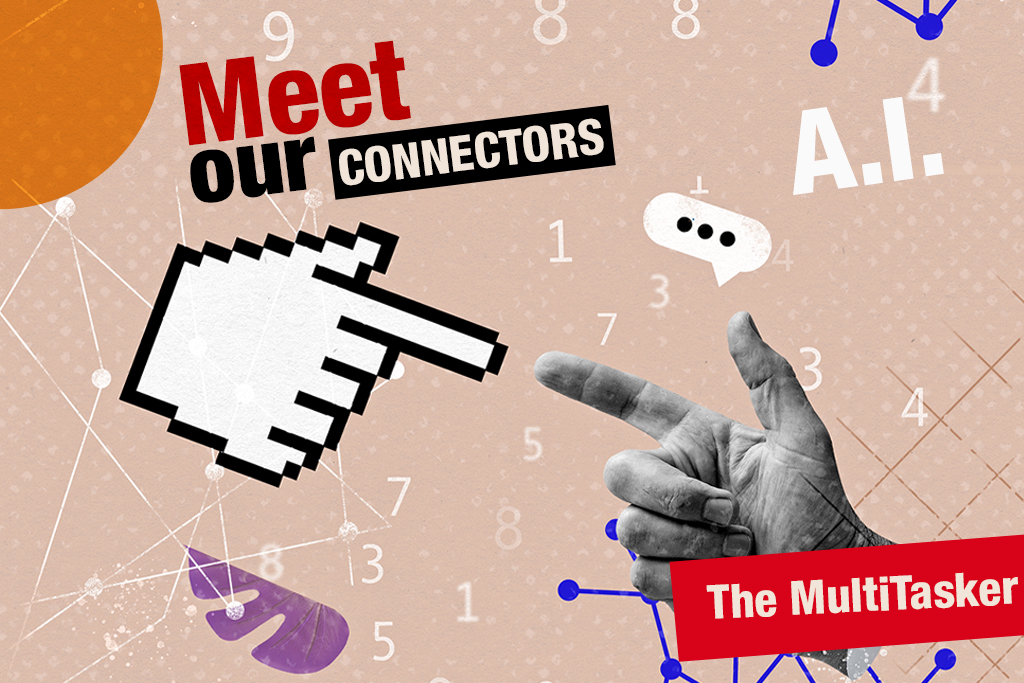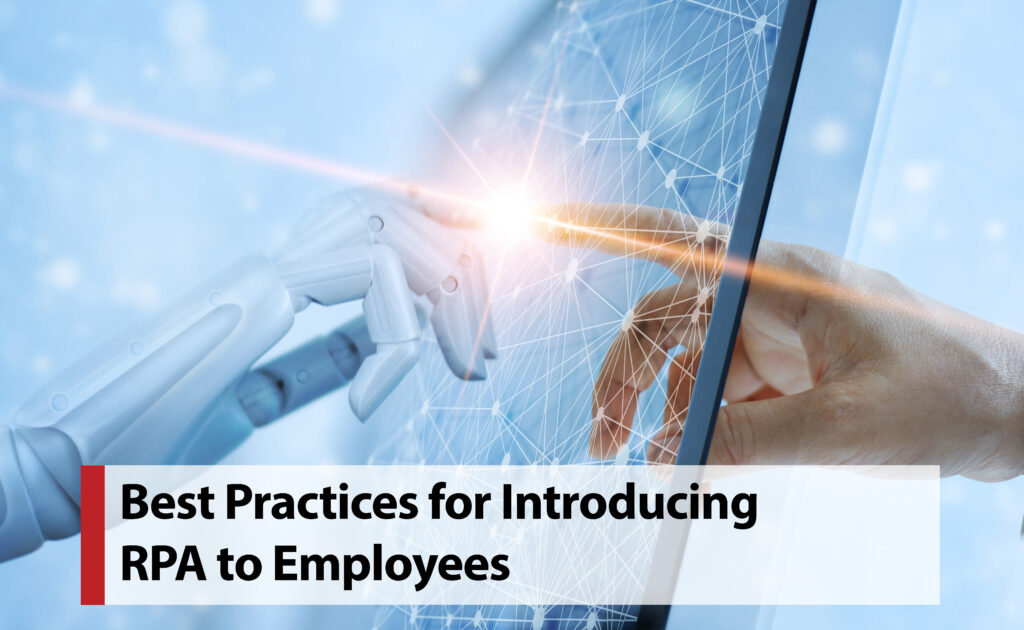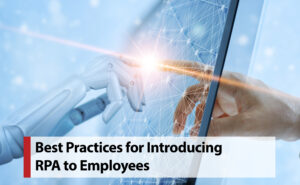Author: George Radu, The Multitasker

In the swiftly evolving landscape of technology, where innovations emerge at a brisk pace, the term “artificial intelligence” (AI) has become increasingly prevalent in our daily conversations. This phenomenon leaves many individuals curious and intrigued about the specifics of AI and its functioning. The aim of this article is to shed light on some of the complexities surrounding this subject by categorizing different types of AI into three general categories and illustrating, where applicable, their practical utility in our day-to-day lives.
Well, but what exactly is AI?
Artificial intelligence has been defined in numerous ways, some interpretations being so ambiguous that even for an IT professional, it could be difficult to provide a clear explanation. However, in its essence, artificial intelligence refers to the development of machines that can perform tasks traditionally associated with human intelligence. Whether it’s virtual assistants responding to our voice commands or recommendation systems predicting our next favorite movie, AI has become an integral part of our lives in recent years.
The popularity of Artificial Intelligence (AI) among people has seen a significant increase when, last year, OpenAI introduced its free chatbot. This innovative technology has captured widespread attention, demonstrating an impressive ability to comprehensively respond to almost all questions, creating the illusion of genuine understanding. The OpenAI chatbot not only showcased advancements in the field of artificial intelligence but also marked a significant moment where technology that was once intended for a limited number of people became accessible to a broader audience. The chatbot’s ability to interact and especially to understand the subtleties of users’ questions has contributed to a widespread recognition of the potential of artificial intelligence (AI).
For a more detailed analysis of the economic potential of artificial intelligence, you can consult the article “What’s the future of Generative AI? An early view in 15 charts”.
Depending on their ability to mimic human intelligence, we can classify AI into the following categories:
- Narrow AI (or the Specialist): Also known as Limited AI, this form of AI excels at specific tasks without possessing general intelligence. These types of AIs have been widely used for a long time. Some examples include Siri and Alexa on phones, certain chatbots on websites, or even image recognition systems that easily identify objects in photographs. Adapted for specialized functions, Narrow AI proves to be a valuable tool in various applications, simplifying processes and enhancing user experiences.
- AGI (or Artificial General Intelligence): Representing a more sophisticated form of artificial intelligence, AGI demonstrates the ability to understand, learn, and apply knowledge in various domains. We can liken this race to develop AGI – currently underway between various IT companies and even some governments – to the space race of the ’50s and ’60s. At this moment, AGI represents a formidable challenge where machines (computers) are required to achieve a level of adaptability similar to that of human intelligence. While remarkable progress has been made, achieving AGI remains an objective for the future development of artificial intelligence, promising advances that could revolutionize a new category of applications incorporating artificial intelligence. When this stage is reached, our way of life will undergo an irreversible transformation. Some experts suggest that this moment is imminent, but rumors (without any evidence) speculate that OpenAI has already achieved this feat.
- Super Artificial Intelligence (ASI) (or the Living Machine): ASI raises the concept of artificial intelligence to a higher level by surpassing human intelligence in all dimensions. The potential ramifications of ASI, both beneficial and concerning, have sparked extensive discussions among experts. Prominent figures in the AI community, such as Elon Musk, Stephen Hawking, and many others, have expressed concern about the risks associated with unrestrained ASI development. Exploring ASI raises profound questions about the ethical and practical implications of developing intelligence that exceeds human capacities.
As artificial intelligence (AI) continues to advance, important questions about ethics and challenges arise. People discuss potential biases embedded in artificial intelligence algorithms and worry about job loss due to automation. Finding a balance between encouraging innovation and ethical responsibility is essential. It’s like walking a tightrope, ensuring that as AI systems improve, they help all of us without leaving anyone behind. Navigating these issues is akin to exploring a constantly changing landscape, so constant attention is needed to ensure that AI development aligns with our values and does more good than harm.
In conclusion, there is much to be discussed and explored about artificial intelligence, but I wanted this article to be brief and direct, providing an overview of the evolution of this new and captivating technology. From its classification into Narrow AI, Artificial General Intelligence, and beyond, to exploring its applications in real-world industries, AI actively shapes our present and future.
According to information presented in a recent article on ExplodingTopics, interest and demand for AI-based solutions are experiencing significant growth. In this context, whether you are passionate about technology or simply curious about what the future holds, understanding the basics of AI is a necessary step to grasp the transformative potential of this revolutionary technology.
*George RADU is a technology enthusiast and Business Development Manager @ Connections Consult.
















 Oil and gas companies around the world are increasingly looking to do more with their
Oil and gas companies around the world are increasingly looking to do more with their 
